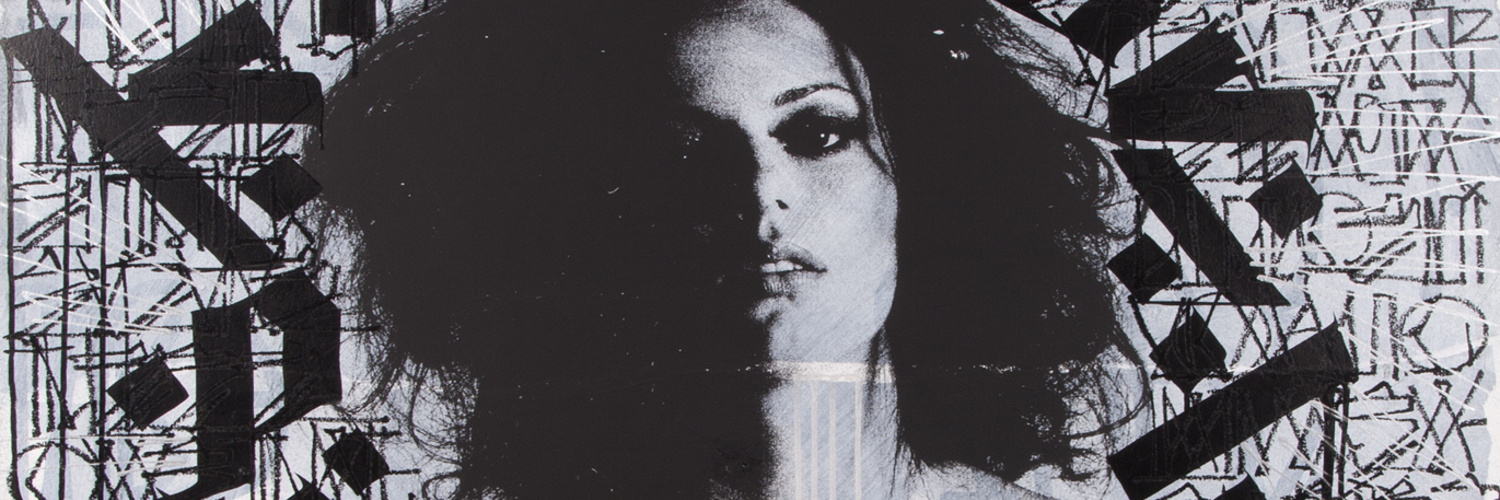A Michigan-based art dealer was charged with selling dozens of fake works by American masters to unsuspecting buyers. Was the Smithsonian also duped by his alleged fraud?
What a difference a decade makes.
In a 2006 review of an art forger’s tell-all tale on Amazon, Eric Ian Hornak Spoutz—who today stands accused of such crimes himself—lambasted the author for his “incessant blaming of eBay for ‘allowing’ him to commit such crimes.”
“For fans of sociopathic, self-indulgent, unapologetic humor, this book is for you,” Spoutz, then in his early twenties, added. “For all others, save yourself the time and read some art books instead.”
Last week, prosecutors charged the Michigan-based Spoutz, who says he is the nephew of the late American artist Ian Hornak, with wire fraud. They allege that he sold dozens of fake paintings, claiming they were the work of American masters, to unsuspecting buyers in a five-year-long ruse.
“As alleged, Eric Spoutz created an entire world of fiction to make a profit—from the fraudulent paintings he was selling, to the phony letters and receipts for provenance,” said FBI Assistant Director-in-Charge Diego Rodriguez. “The only real thing in this situation seems to be the financial losses the victims have incurred for purchasing what they thought were true works of art, whether for investment purposes or personal enjoyment.”
A cell phone number registered to Spoutz has been disconnected and The Daily Beast was not able to reach him for comment by press time.
Spoutz used the aliases “Robert Chad Smith,” “John Goodman,” and “James Sinclair” to further his fraud, according to authorities. (In fact, he may have legally renamed himself to Robert Chad Smith, according to the complaint.)
Spoutz was active in the arts community up to his arrest. Though his public page on Facebook had fewer than 100 likes, Spoutz posted on Jan. 31 about his “initiation and organization, in collaboration with the Jack Mitchell archives and Craig B. Highberger, of the acquisition of a body of photographs by Jack Mitchell into the permanent collection of the Academy of Motion Picture Arts and Sciences.”
Mitchell, who photographed artists, died in 2013. Highberger was a friend who directed a documentary about him.
Efforts to reach Highberger by phone were unsuccessful.
An extensive 11-page resume on his personal website identifies Spoutz as a “freelance museum exhibition curator, private art dealer.” Last updated in 2013, it notes that Spoutz had most recently helped the Smithsonian acquire various artworks by Eugene Alain Seguy and Franz Kline.
Kline is explicitly identified—along with Willem de Kooning and Joan Mitchell—as one of the artists Spoutz used to pass off counterfeit works as the real deal, authorities say.
A search of Smithsonian collections for Spoutz’s name turns up six images provided by him: one by his uncle, and others by Tom Blackwell, Charles Bell, Richard McLean, Howard Kanovitz, and Robert Indiana. Spoutz also provided one of his uncle’s paintings to the Boston Museum of Fine Arts.
The feds say Spoutz, using his many pseudonyms, was investigated in 2010 for selling a fake purportedly by the abstract painter Paul Jenkins. Identifying himself as Robert C. Smith, Spoutz allegedly offered “full refunds to the two purchasers of the works on paper.”
“Since I was first informed of the supposed authenticity issue last Friday, I have attempted two times to get the Auction House in Detroit to withdraw the works from their Feb. 14th auction,” he allegedly wrote. Also under his Smith alias, Spoutz allegedly tried to sell two Joan Mitchell pastel counterfeits for tens of thousands of dollars, saying he had provenance documents showing their authenticity and that the works were bequeathed to him by a “Jay Wolf.”
Thank You!
You are now subscribed to the Daily Digest and Cheat Sheet. We will not share your email with anyone for any reason
But when the feds investigated the real Jay Wolf’s will, they found the man had promised all his art—an earlier appraisal of which did not include any Mitchell works—to Dartmouth college. Neither Spoutz, nor any of his aliases, got any art in the will.
In another alleged incident, Spoutz sold a Mitchell dupe under the name John Goodman—but when it came time to pay, the purchaser noticed that the money went straight to a Robert Smith.
In other instances noted in the criminal complaint, Spoutz allegedly cooked up lengthy histories for artworks to explain their origins. When buyers returned artwork out of authenticity concerns, Spoutz allegedly had the gall to put them back up for sale. In other instances noted by authorities, Spoutz’s tax filings—both as Smith, and as Spoutz, using the same social security number—never matched the heavy expenditures he claimed to have made to obtain the “original” works.
In fact, the truest tale of provenance in the Eric Spoutz saga may be his own.
A New York Times obituary for the artist Ian Hornak said he was survived by a sister, Rosemary, and a brother, Michael. (Hornak’s longtime partner, Frank Burton, died several years before him.) A public records search shows that Rosemary Hornak Spoutz does have a son named Eric.
Ian Hornak’s former dealer could not be reached for comment.
Multiple news reports about Spoutz and Hornak’s estate identify Rosemary as an artist. A biography submitted by her son indicates that her work has been exhibited in Michigan, and near her brother’s home in East Hampton, New York.
A lengthy Wikipedia page for the somewhat obscure Eric Spoutz has been deleted, but formerly said that he started working for his uncle at age 16. When the artist died just a few years later, the young Spoutz—still a teenager himself—was allegedly named executor of his estate. Spoutz supposedly created a foundation in his uncle’s name, and an art gallery in his own, which showcased Photorealist and Hyperrealist art—the very movements his uncle was known for.
And Spoutz’s art-world problems may not be new.
The complaint cites a 2006 e-mail associated with a business that Spoutz directed, which sent an article identifying Spoutz as an “Art-world powerbroker” who was making a comeback after spurious allegations made on a Danish website. “Sometime around 2003, I had purchased a few thousand attributed artworks from a couple of different private collections,” the article allegedly cites Spoutz as saying. “The works were offered with stiff terms and conditions of sale clearly stating that the works were attributed to the respective artists and that there was no assurance of authenticity.”
Like the protagonist of the book he reviewed on Amazon around the same time, Spoutz proffered his goods on eBay. “There was a self-proclaimed art expert… in Denmark who took note of the auctions and decided he would slander my name as a swindler.”
A Danish website still online accuses Spoutz of passing off fakes by Picasso, Kandinsky, Chagall, Matisse and others—apparently before his focus turned to the American masters. The site alleges that the copyright stamp Spoutz plastered over his online offerings was an admission of the fact that the works were not by the artists, but by his own hand.









